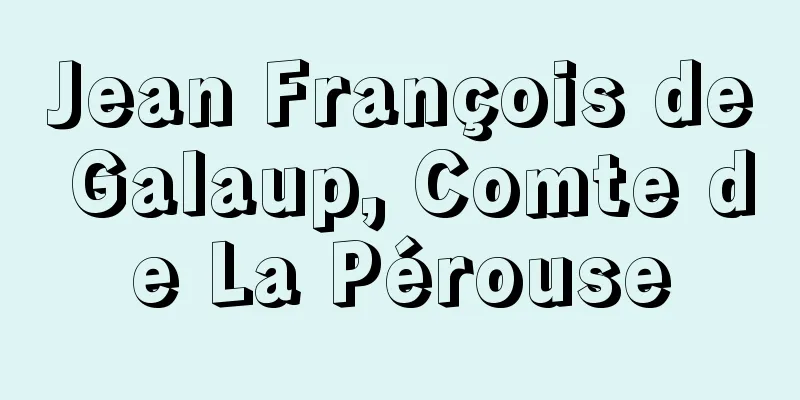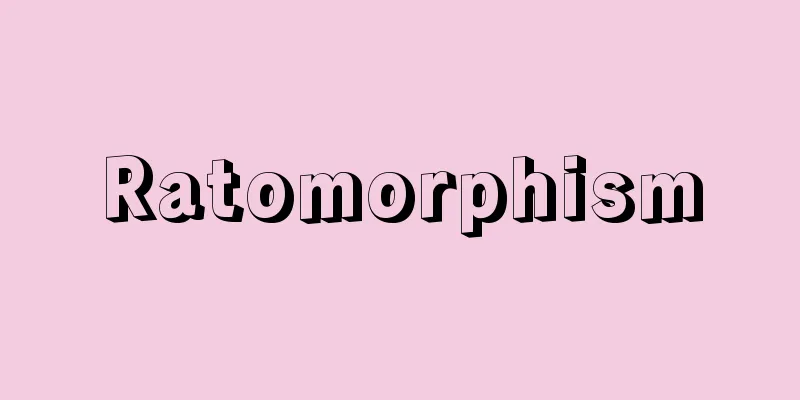Kinuta

Title of a Noh piece. Fourth piece. Written by Zeami. A certain man (waki) from Ashiya, Kyushu, who has been in the capital for three years to pursue a lawsuit, sends a maid named Yugiri (tsure) out of concern for his wife back home. The wife (shite), waiting alone in Ashiya, hears from Yugiri that her husband will return at the end of the year, and, following an ancient Chinese tale, strikes a kinuta (kinuta no dan, kuse) while remembering her husband (kinuta no dan, kuse). However, when she receives another messenger from the capital saying that he will not be returning this year either, the wife falls ill and feels empty (intermission). The husband hurries back after hearing of his wife's death, and when he hangs a bow made of azalea on a keepsake kinuta for the memorial service, the ghost of his wife (gojite) appears and tells her of the hell she lives in, tormented by her delusional belief in karma, but she is able to attain nirvana thanks to the husband's prayers. The first Tossunmi Kawato borrowed this style of music and adapted it from Handayū-bushi to Kawato-bushi during the Kyoho era (1716-1736). In addition, there is a type of jiuta sokyoku music collectively known as "kinutamono" (kinuta music), which was inspired by the sound of the kinuta and the poetic sentiment it evokes.KinutaKinutaKinutaSource: Encyclopaedia Britannica Concise Encyclopedia About Encyclopaedia Britannica Concise Encyclopedia Information |
能の曲名。四番目物。世阿弥作。訴訟のために都へ上って3年になる九州芦屋の某 (ワキ) は,故郷の妻を案じて下女夕霧 (ツレ) を下す。芦屋にひとり待つ妻 (シテ) は,夕霧から夫が今年の暮れには帰ると聞き,唐土の故事にならって夫を偲びつつ砧を打つ (砧の段,クセ) 。しかし今年も帰れぬという都からの再度の使いに妻は病に伏し,むなしくなる (中入り) 。妻の死を聞いて急ぎ戻った夫は,法要にと形見の砧に梓の弓を掛けると,妻の霊 (後ジテ) が現れ,因果の妄執に苦しむ地獄のありさまを語るが,夫の祈りによって成仏する。この曲趣をかりて1世十寸見河東が半太夫節から享保年間 (1716~36) に河東節に移した曲がある。また地歌箏曲には,砧の音と,それがかもし出す詩情に楽想を得てつくられた「砧物」と総称される曲種がある。
砧
|
Recommend
Iroha Bridge - Irohabashi
...The city was established around Ichibazaka on ...
Krems an der Donau
A city in the state of Lower Austria in northeast...
Pinnaglobin
…Many enzymes are known to require manganese, inc...
Venel, GF (English spelling) VenelGF
...Thus, phlogiston came to be considered importa...
Brassia
...(2) Tropical America: South of Mexico and Flor...
Fedora - Nakaorebou
A hat made of soft felt, it is called a fedora bec...
Literary Front - Bungei Sensen
A literary magazine. It was first published as a ...
Olerkiak (English spelling)
…Example: In Aita‐k semea maite du.〈Father loves ...
Hitoshi Yamakawa
Socialist. Born December 20, 1880 in Kurashiki, O...
Rayleigh disc
A device for absolute measurement of sound intensi...
Deposit - To entrust
〘Ta Ka Ni I〙 Azu-ku 〘Ta Ka Ni II〙[I] To leave some...
Dolce stil nuovo (new style)
A style of poetry that emerged in the Tuscany regi...
Rosette plant
…When both of these environments become dry, ephe...
Syrian Kingdom - Syrian Kingdom
This refers to the Syrian-centered kingdom of the...
Sales book - Uricho
〘Noun〙 A general term for a ledger in which goods ...









